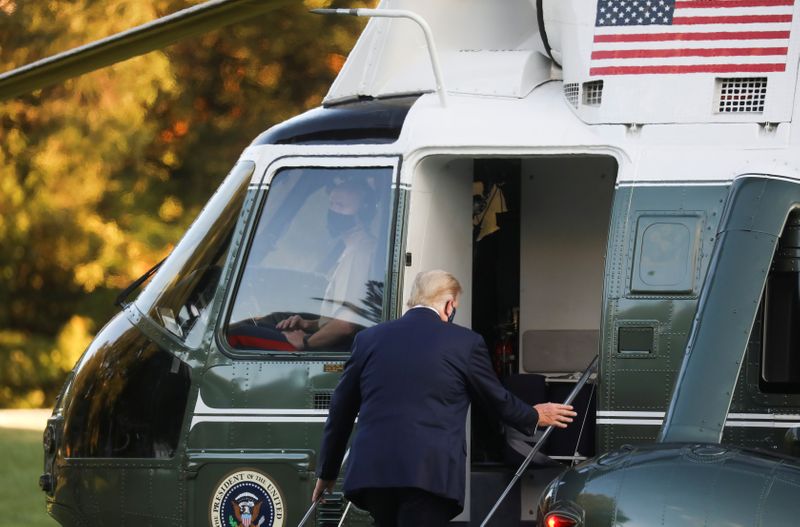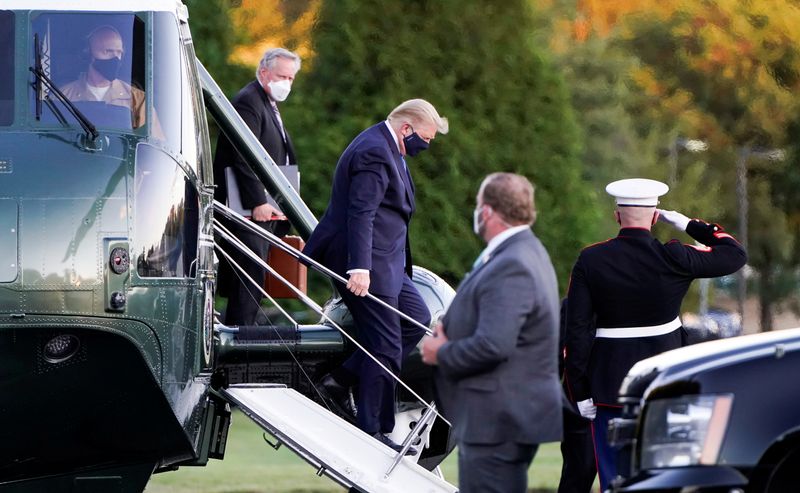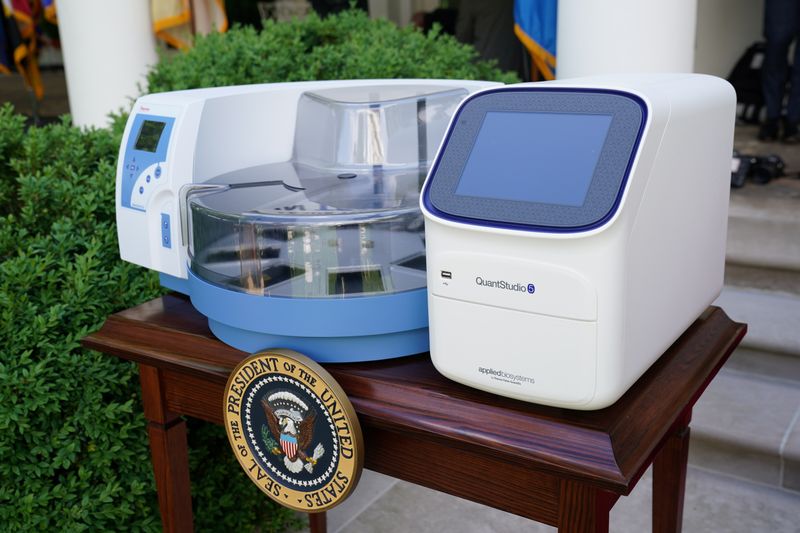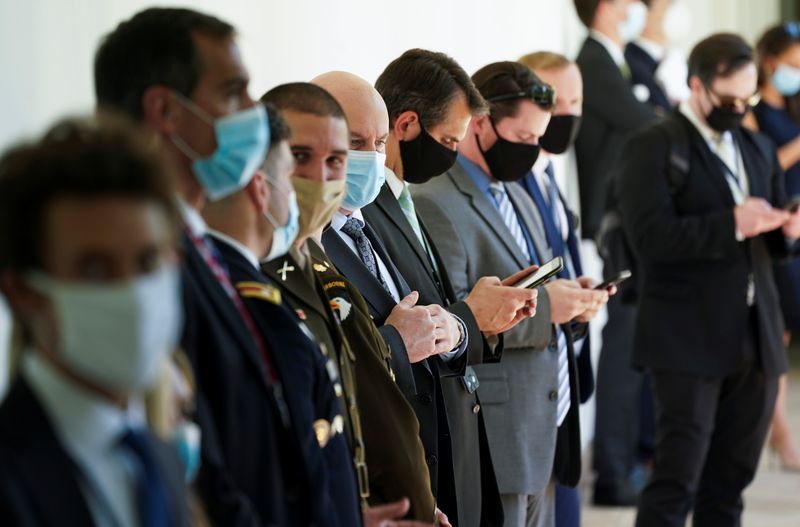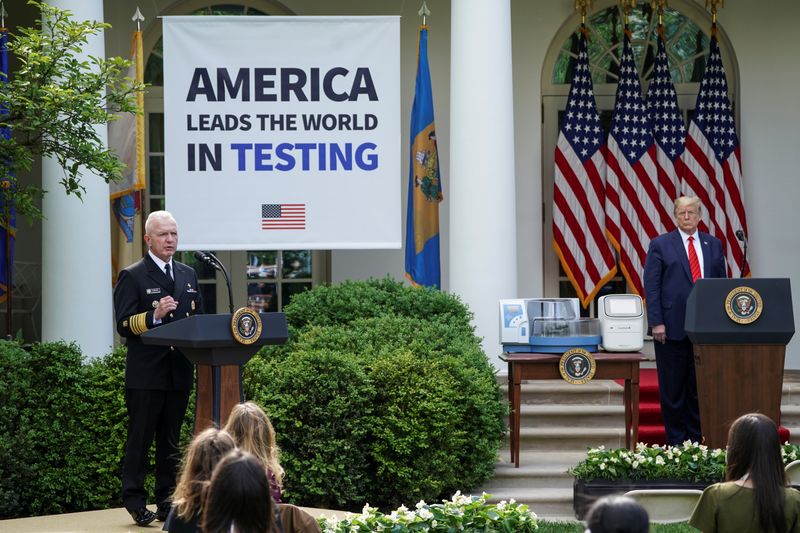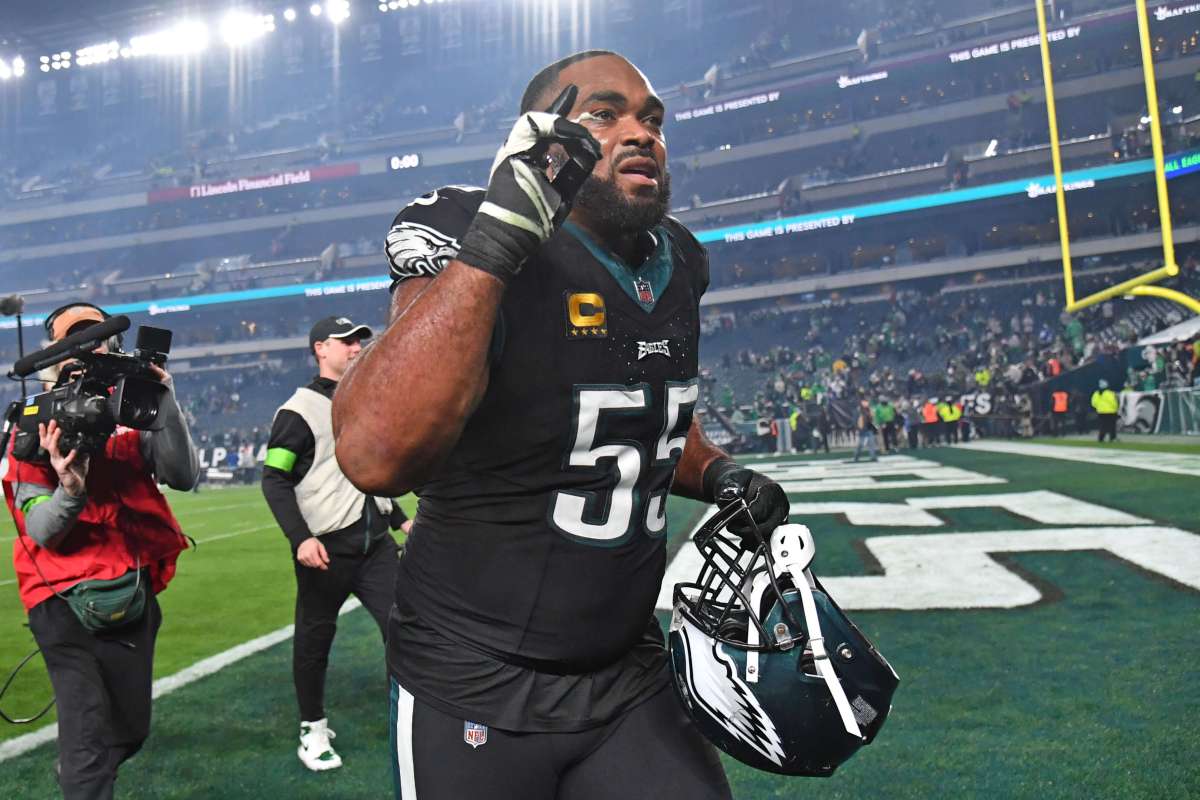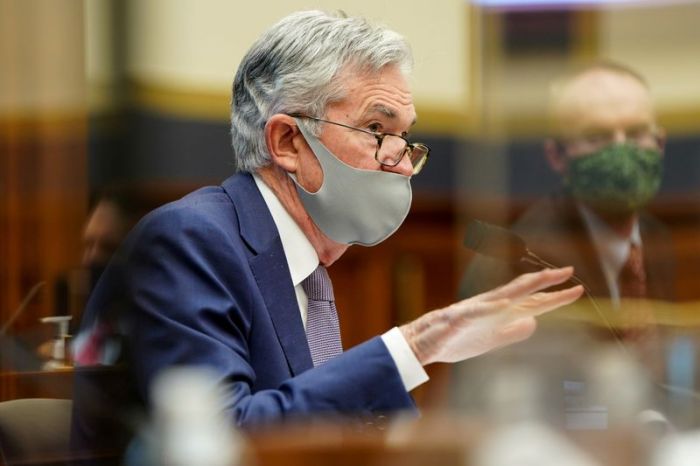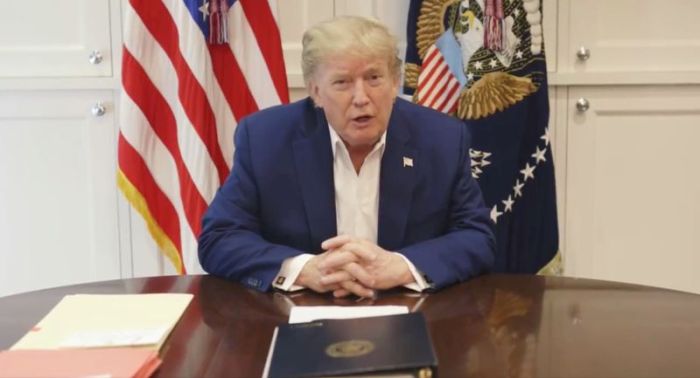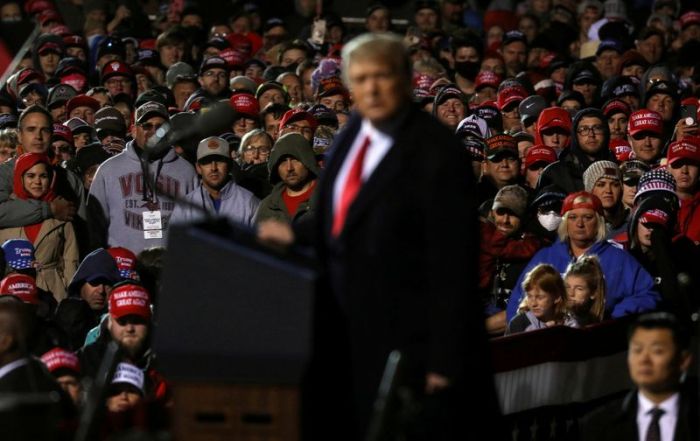(Reuters) – Early in the coronavirus pandemic, U.S. President Donald Trump put his faith in a toaster-sized machine that could spit out test results in a matter of minutes.
In late March, Trump hailed the launch of Abbott Laboratories’ ID NOW test at a Rose Garden event and embraced its widespread use at the White House to keep the deadly virus at bay. The president often skipped his own administration’s public health recommendations on mask wearing and social distancing, explaining that “everyone’s tested” around him using the Abbott device.
His strategy was no match for the virus.
The president announced Friday that both he and his wife, Melania, tested positive – news that raised questions about the health of other top U.S. officials and threw the final weeks of the presidential campaign into disarray. On Friday, Trump began an experimental treatment and checked in to Walter Reed National Military Medical Center as a precautionary measure, a White House official said.
“The reliance on a rapid test, with its limitations, unfortunately gave the White House and its staff a false sense of security that they were in control of the virus,” said William Schaffner, a professor of infectious diseases at the Vanderbilt University School of Medicine.
“You cannot rely on that test to create a barrier between you and the virus,” he said, adding that people “have to wear masks, do social distancing and not go to all these rallies.”
While rapid tests can help contain the spread of a highly contagious virus, they were not designed to be used in isolation. A negative result merely captures a snapshot in time and doesn’t guard against infection soon after. And a person may be infectious for days before the amount of virus in their body registers positive on a test.
Krutika Kuppalli, an assistant professor and expert on infectious diseases at the Medical University of South Carolina, said not enough is known about how these rapid tests perform in people who are asymptomatic.
“Trump was playing with fire and it was really a matter of time before something like this was going to happen,” she said. “Even if Trump had been around someone who was sick, wearing a mask could have prevented him from getting the virus.”
The White House said in a statement Thursday that Trump “takes the health and safety of himself and everyone who works in support of him and the American people very seriously” and that the administration followed guidelines for limiting COVID-19 exposure to the greatest extent possible.
As of midday Saturday, a growing number of Trump administration officials and allies had tested positive for the virus, including former senior counselor Kellyanne Conway; three Republican senators including Mike Lee of Utah; Republican National Committee Chairwoman Ronna McDaniel; and former New Jersey Governor Chris Christie. Trump’s close aide Hope Hicks’ positive test was disclosed on Thursday.
DOUBTERS AND DEFENDERS
An Abbott spokeswoman said the company’s ID NOW test for the coronavirus – used by more than 11 million Americans since regulators approved it for emergency use in March – yields reliable results. The company referred questions about its use in the White House to the Trump administration.
The gold standard in diagnostic testing is known as polymerase chain reaction, or PCR, testing and is performed in a laboratory. But these tests can take hours or days to process. Abbott’s ID NOW device offers two major advantages: a quick turnaround on site and portability.
The Abbott test, which involves putting a nasal swab in a liquid solution and heating it to amplify genetic material from the virus, produces results in 13 minutes or less.
“In a pandemic, the world needs all types of testing for different settings and stages of the virus, including lab-based testing and rapid point-of-care testing,” Abbott said in a statement.
The White House hasn’t released details on what tests were conducted in recent days on Trump and Hicks. And there is no evidence that the Abbott tests routinely performed on White House staff and visitors produced inaccurate results, nor that Trump or Hicks were infected in the White House rather than in other settings.
However, despite Trump’s enthusiastic endorsement of the Abbott ID NOW test, some researchers have raised doubts about its accuracy.
In May, a New York University study said the Abbott test could be missing a third to nearly half of positive cases. That same month, researchers at Columbia University Irving Medical Center found that the ID NOW test identified only 73.9% of infectious samples.
The U.S. Food and Drug Administration acknowledged there were concerns about “potential inaccurate results” from ID NOW in May. The agency said it had received 302 “adverse event” reports as of Sept. 30, including numerous reports of false negatives – results showing patients were not infected when they actually were.
In its authorization of ID NOW for emergency use, updated last month, the FDA warned that more testing may be warranted to confirm initial results.
In a statement on Friday, Abbott said the NYU study was flawed and “rife with limitations.” The company said its device produces results similar to lab-based methods and that even the most sensitive tests can post false negatives depending on the infection cycle in a person’s body and how much virus they are shedding.
A company spokeswoman said “no test detects the virus immediately after the person becomes infected.”
In a statement Friday, White House doctor Sean Conley said the president’s diagnosis was confirmed with traditional PCR testing.
‘DEEMED SAFE’
Emboldened by regular testing of himself and those in close proximity, Trump continued to hold large campaign rallies and events with donors where masks were optional. He flew to his New Jersey golf club Thursday for a fundraiser and speech.
“It was deemed safe for the president to go. He socially distanced, it was an outdoor event and it was deemed safe by White House operations for him to attend that event,” White House press secretary Kayleigh McEnany said Friday.
Trump and his staff regularly do not wear masks. Last month, Trump publicly disagreed with Robert Redfield, director of the U.S. Centers for Disease Control and Prevention, who testified to Congress about the importance of the face coverings.
And at Tuesday’s presidential debate, Trump disparaged his opponent, former Vice President Joe Biden, for his frequent mask use. “I don’t wear masks like him – every time you see him, he’s got a mask,” the president said.
Now, the fallout from the White House’s focus on testing as a precaution could extend far beyond the president and his wife, experts say.
“I expect we will see more positive cases” connected to the White House, Kuppalli said. “I pray that doesn’t happen.”
(This story fixes capitalization of “a” in Kellyanne Conway)
(Carl O’Donnell reported from New York; Chad Terhune from Los Angeles. Editing by Julie Marquis and Michele Gershberg)

